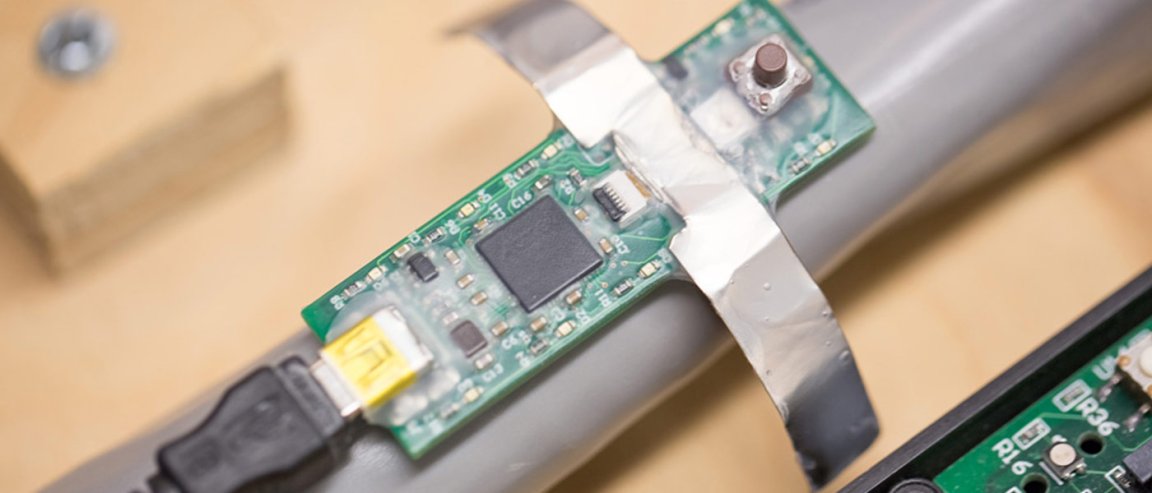
Finding the culprit
Although most appliances come with a label stating how much electricity they consume, a lot of factors make these tags unreliable when it comes to determining their actual power consumption.
Researchers from MIT worked several years in building an accurate measuring system at a low cost. This isn’t the first system that serves this purpose, but as MIT notes in its press release, it has key advantages over previous methods. “First, it involves no complex installation: No wires need to be disconnected, and the placement of the postage-stamp-sized sensors over the incoming power line does not require any particular precision — the system is designed to be self-calibrating.”
The system’s dedicated software can also pick up any changes, patterns, and fluctuations in voltage and current, enabling it to differentiate between every kind of electronic object being used, and when they are used throughout the day.
Apart from these, the system also eliminates privacy concerns, or fears of being “watched” when using other power-monitoring systems. All detailed information will stay within the specific home it is monitoring.
Knowing which appliances use the most electricity will not only yield savings in a household’s electricity bill but also help tone down greenhouse emissions, as well as improve safety. “For a long time, the premise has been that if we could get access to better information (about energy use), we would be able to create some significant savings,” says MIT Professor of Electrical Engineering Steven Leeb, who co-wrote the study.
When can we have it in our homes?
There is no announcement of a market release yet but it seems definite that MIT will be developing the system into a very simple, easily installed commercial product. Best of all it will only cost around $25-30 per home.
“We’re trying to lower the barriers to installation,” says co-author John Donnal. “It just goes on with a zip tie.”